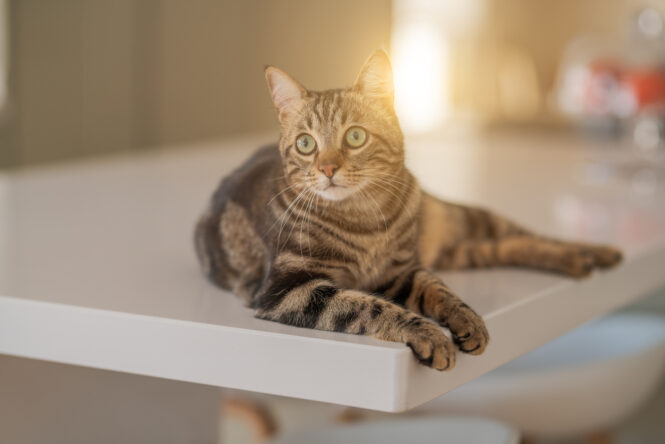Some dogs just aren’t built for lots of solo time.

While every pup has its own personality, certain breeds are more prone to stress, boredom, or even destructive behaviour when left alone for too long. They’re certainly not “bad dogs” by any stretch of the imagination. They’re just wired for connection and need more company than others. If you’re out of the house a lot, these breeds may need a little extra support, planning, or companionship.
1. Labrador Retriever
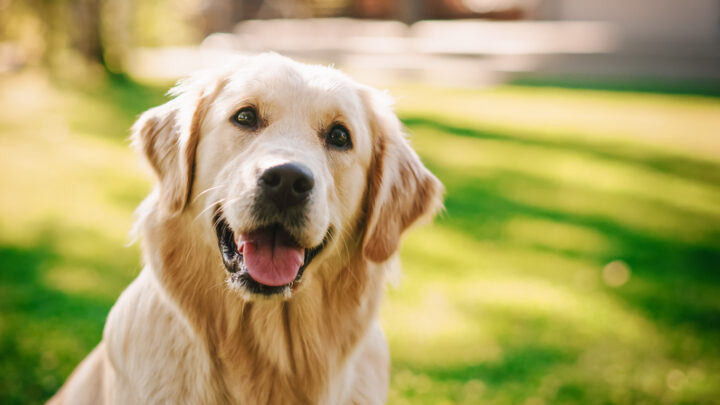
Labs are friendly, loyal, and full of energy, but they’re also deeply people-oriented. They don’t just enjoy being around you, they kind of depend on it. Leaving them alone too long can lead to boredom and some pretty creative mischief.
Without regular interaction and stimulation, Labs can become destructive out of frustration. If you’ve got a Labrador, be prepared to offer plenty of activity and maybe even a dog walker or doggy daycare option if you’re out for extended hours.
2. Border Collie
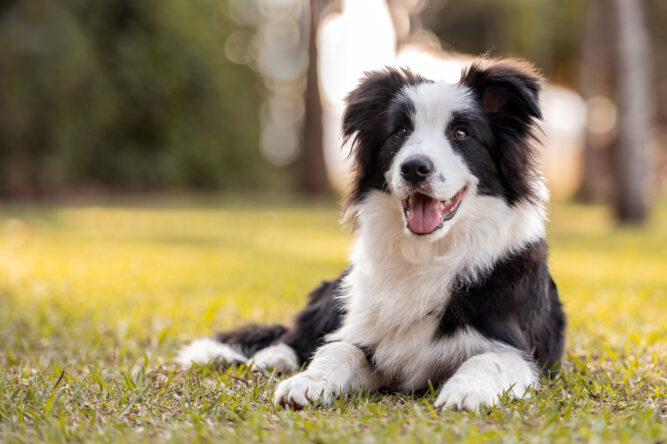
Border Collies are among the smartest dog breeds out there, but with that intelligence comes a need for constant stimulation. They thrive on having a job, and without one, their minds go looking for things to do, which can lead to trouble.
Left alone too long, they can become anxious or start acting out. These dogs need structure, exercise, and mental tasks to stay balanced. If you’re busy all day, a Collie might struggle without a consistent routine and regular engagement.
3. Bichon Frise
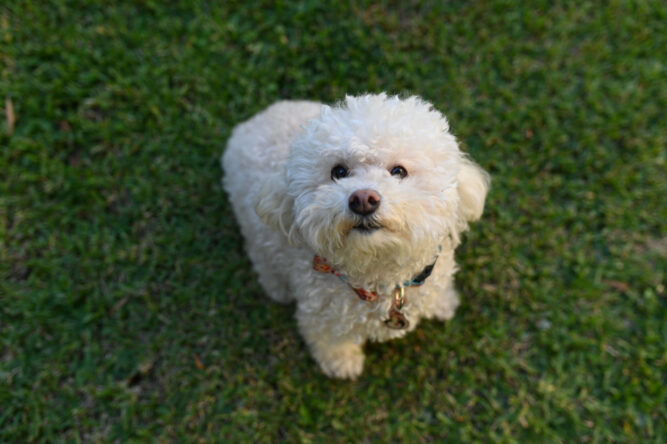
These fluffy little charmers love people, and they hate being left behind. Bichons are affectionate and often form tight bonds with their humans, which means alone time can quickly lead to separation anxiety. They’re best suited to households where someone’s around most of the day or where they can be gradually trained to feel safe when alone. Otherwise, you might come home to a stressed-out pup and some chewed-up surprises.
4. German Shepherd

Known for their loyalty and intelligence, German Shepherds are natural protectors, and they take their job seriously. That deep loyalty also means they don’t cope well with long stretches of solitude. Without enough attention or purpose, they can become restless, vocal, or even destructive. A well-exercised, mentally challenged Shepherd can be a dream companion, but one left alone too long can struggle emotionally.
5. Cavalier King Charles Spaniel

These sweet, affectionate dogs were literally bred to be companions, so being left alone goes against their natural instincts. They’re happiest curled up beside you, not waiting by the door for hours. If left solo for too long, Cavaliers can become anxious or withdrawn. They do best in homes with flexible schedules, another pet for company, or people who can give them the closeness they crave.
6. Australian Shepherd
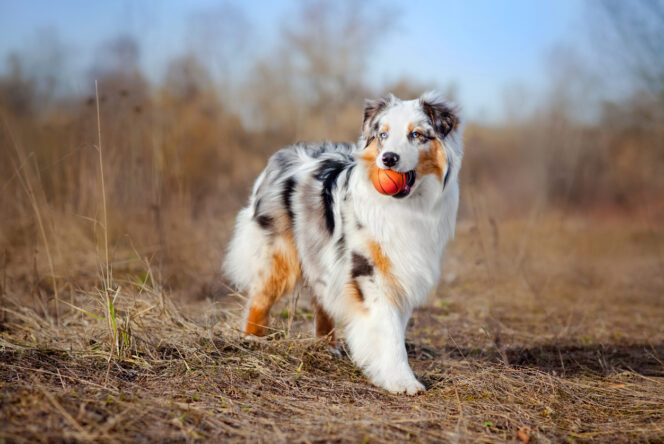
Energetic and brainy, Aussies need more than a daily walk. They need jobs, challenges, and people time. They bond deeply with their humans and can get anxious or frustrated when that bond feels disrupted. If left alone for too long, they may resort to chewing, barking, or other signs of stress. These dogs do well with active owners and thrive when they’re mentally and physically engaged throughout the day.
7. Italian Greyhound
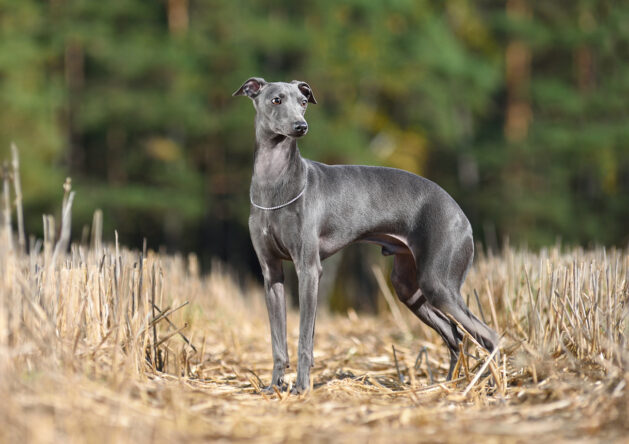
Don’t let their sleek, graceful look fool you—Italian Greyhounds are serious cuddle bugs. They bond closely with their humans and tend to get very attached, which can make alone time tough for them. When left by themselves, they can become anxious or clingy. They do best in homes where someone’s often around or where they’re gently trained to handle short separations with calm and confidence.
8. Cocker Spaniel
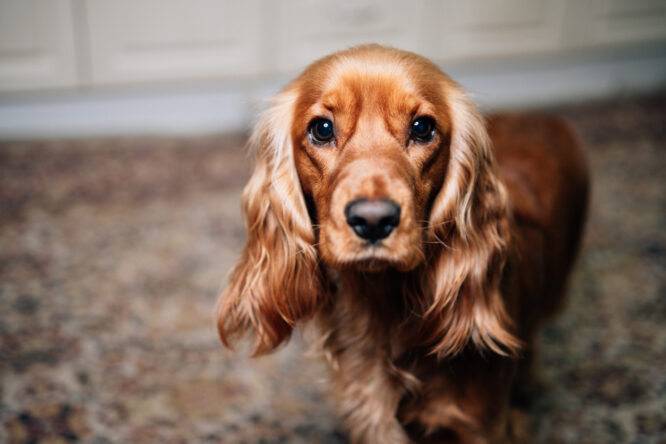
Cocker Spaniels are sensitive souls who love company. They’re affectionate, gentle, and don’t do well when left to their own devices for long periods. They’re prone to separation anxiety and can become vocal or withdrawn if left alone too often. They respond well to structure, consistent routines, and emotional reassurance. If you’re out for long days, you might want to consider a pet sitter or doggy playdates to help them stay balanced and happy.
9. Toy Poodle
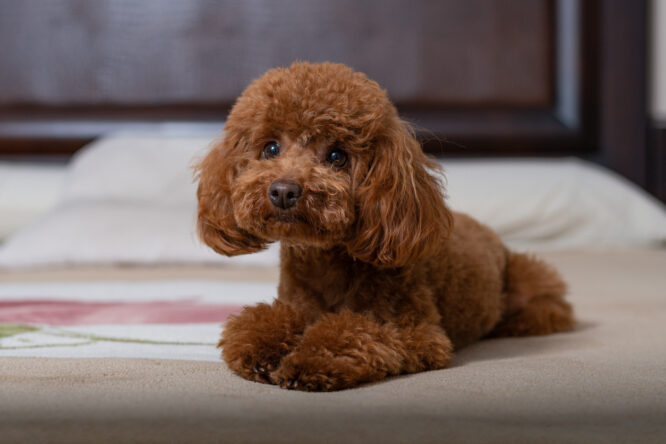
Toy Poodles are smart, affectionate, and very human-focused. Their intelligence makes them quick learners, but it also means they can overthink situations, like being alone, and get themselves worked up fast. They thrive on social interaction and can easily become anxious or high-strung without enough engagement. These dogs do best in homes where someone’s usually around or where they can get consistent stimulation throughout the day.
10. French Bulldog
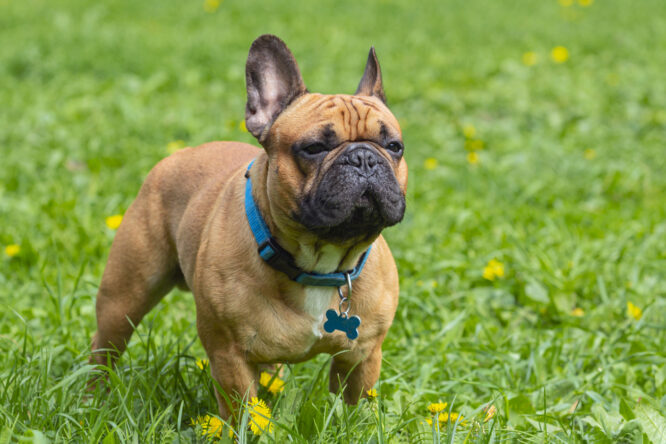
Frenchies might have a chilled-out look, but they’re emotional little shadows. They form strong bonds with their people and can become clingy if they don’t get enough one-on-one time. They’re prone to boredom and can get destructive or distressed when left alone for too long. If you’ve got a Frenchie, plan for breaks during the day or help them slowly get used to short solo stretches without stress.
11. Vizsla
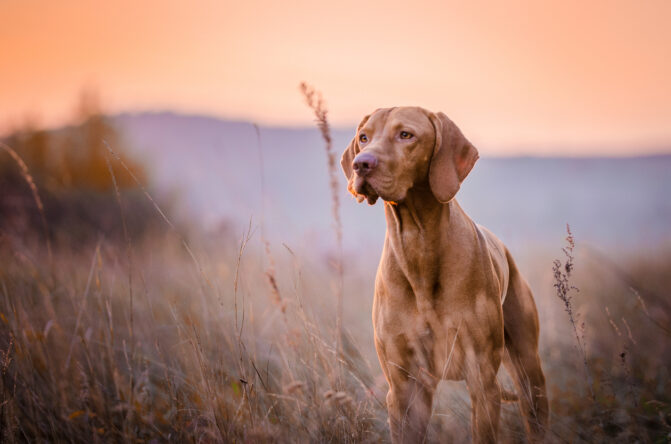
Sometimes called “velcro dogs,” Vizslas are known for their need to be physically close to their humans—like, all the time. They’re athletic, affectionate, and not at all fans of long alone time. They do best with people who are active and home often. If they’re left alone for hours on end, it can trigger anxiety and restlessness. Consistent routines and lots of exercise help keep these affectionate dogs feeling secure.
12. Shetland Sheepdog
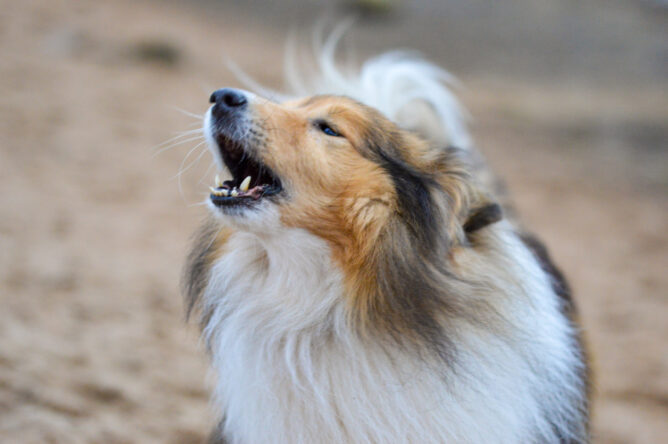
Shelties are loyal and sensitive, often forming strong attachments to one person. While they’re intelligent and obedient, they also get stressed when their person isn’t nearby for long stretches. They’re not fans of being left behind, especially without mental stimulation. They do best in calm homes where they get regular interaction, brain games, and reassurance that their people aren’t far away.
13. Chihuahua
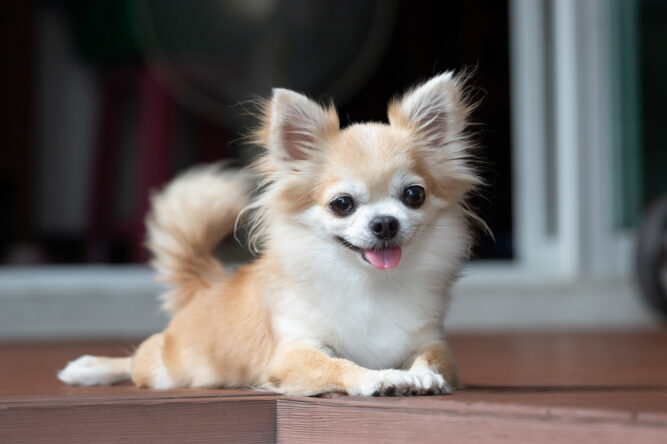
These tiny dogs pack a lot of personality, and attachment. Chihuahuas often bond hard with one person, and when that person disappears for hours, they can spiral into stress or start acting out. They’re small, but their emotional world is big. Left alone too often, they can develop anxious behaviours or become snappy. They thrive on attention, routine, and knowing they’re not being left behind for too long.


